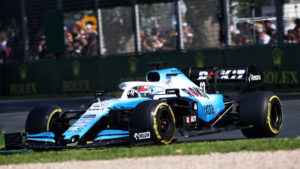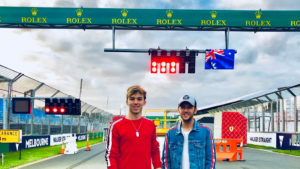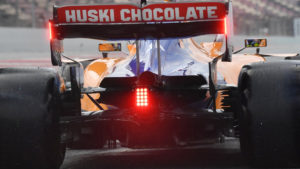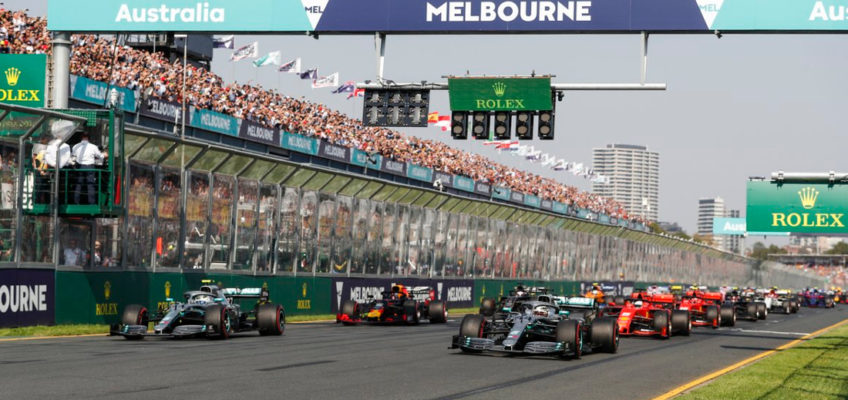Several drivers located at the end of the grid during the start of the 2019 Australian Grand Prix had problems seeing the Formula 1 traffic lights that signal the start of the race.
Robert Kubica (Williams), who was in the last position, and Pierre Gasly (Red Bull), on the seventeenth, both complained after the end of the race at the Albert Park Circuit about how hard it was to see the lights, and thus start at the precise moment that these turned green.
Other drivers have also joined them in admitting that they also were affected by the same issue. With this controversy the calendar of the 2019 F1 calendar has started.
Kubica and Gasly, the most affected
“When I got into my position, I couldn’t see the lights. The rear wing of the McLaren (by Carlos Sainz) obscured the Fórmula 1 traffic lights, I could only see the first block, but not the rest. I had to tilt my head all the way to the left. That was a bit of panic at the moment” explained the driver from Krakow.

French driver Gasly had a similar experience: ” With the larger rear wings, I could not see the Fórmula 1 traffic lights. All I could do was react when the cars started around me and that cost me a couple of positions.”

The FIA has listened to those complaints and is looking at what happened in Australia. They have acknowledged that the same problem could occur in other locations as all Fórmula 1 traffic lights are located at the same height in every circuit.

Aware of the dangers involved if the issue was to persists, the International Automobile Federation (FIA), in collaboration with the Formula 1 Strategic Group, has committed to finding a solution before next week’s Bahrain Grand Prix.
The new rear wings are to blame
The culprit for these visibility issues has to do with the changes in the technical regulations which came into force this season in order to facilitate overtaking.
The new specs include a considerable increase (10 centimetres wider and 7 centimetres higher) in the dimensions of the rear wings. These now obstruct the line of vision of those drivers that start from the last positions of the grid.

A possible solution would be the installation of an additional group of Formula 1 traffic lights midway down the driver’s line up. These were actually put in place during the 2009 season but they were later removed when the wings got smaller in 2017.

Last year, the famous Halo was involved in a similar controversy. Then, a second group of Formula 1 traffic lights was placed at a lower height from the original ones. It is still surprising how this issue had not been foreseen at what it is supposed to be the most sophisticated of motorsport’s disciplines.

The F1 is at the forefront of technological advancement and takes great care in health and safety issues, but didn’t expect for the new larger rear wings to generate a problem.
‘Formula 1 traffic lights’ Images: Australian GP, F1.com, Williams F1 & Red Bull Racing.





Leave a Reply